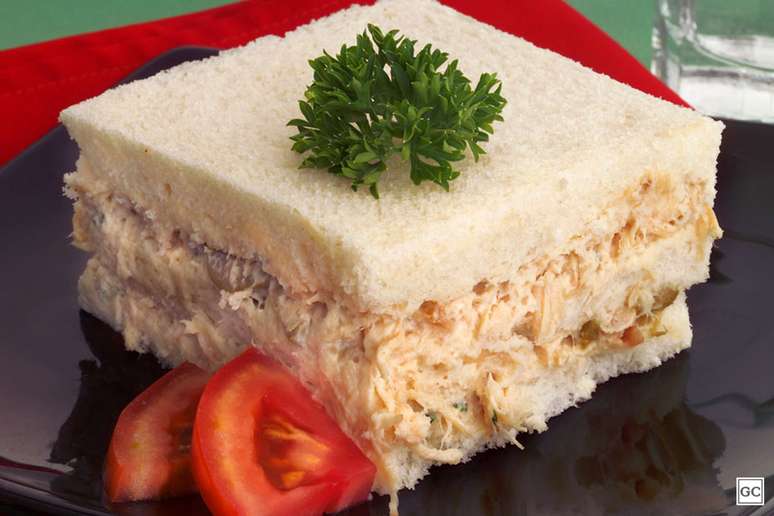The value of the temperature does not determine, alone, the severity of the disease. Understand the definition of fever measures and what to observe in front of the image in the baby
Common symptom in childrenThe fever represents about 20% to 30% of the complaints in the offices of pediatriciansAccording to the Brazilian Society of Pediatrics (SBP). Although it is not a disease, it is a sign that something is not going well. But when the parents should worry and look for medical care?
The increase in temperature is a natural reaction of the body to combat attackers, such as virus OR bacteria. The fever is usually accompanied by other signs, such as the ends of the cold, which feel cold and tachycardia or quick breathing. And scares parents and responsible for the fear of serious diseases or convulsions – a fear known among doctors such as “Febrephobia”.
It is important to know that there is a natural variation of body temperature during the day depending on the circadian rhythm itself, reaching higher values in the late afternoon. In adults, the variation can reach 0.5 ° C and, in infants, up to 1 ° C.
In Brazil, SBP considered until recently that the fever was when the thermometer exceeded 37.8 ° C. Acute fever approach in pediatrics and reflections on the fever in the Arbovirus, Disseminated in May, the entity began to recognize this brand as 37.5 ° C when measured by the axle. “It is a reference to define the fever in clinical studies, not to prescribe drugs”, underlines the pediatrician Tadeu Fernando Fernandes, president of the SBP outpatient pediatric department and one of the authors of the document.
The measure meets international practice, as entities such as the American Academy of Pediatrics also adopt 37.5 ° C as a reference. “This value avoids a false sense of security and is in line with the parameters of other countries”, says the pediatrician Claudio Schvartsman of the Einstein Israelita hospital.
Fever: And now?
Given the increase in temperature, it is essential to maintain good hydration and carefully monitor the evolution of the child and other associated symptoms. The fever should be evaluated in the general context of the clinical picture, since this is what reports the gravity or not of the disease, not the temperature itself. There is no “magical number” from which you should medicate. “What matters is the general condition of the child,” says Fernandes.
When you find 37.5 ° C, known as the baby is: if you are excited, playing and eating, the drugs may not be necessary; But if there is a crying, irritability, reduction of appetite or peeing, it is a warning sign and requires a medical evaluation.
Many also associate the value of the thermometer with the risk of convulsions. In general, however, they occur in children predisposed to these paintings, which can also happen with low fever.
In Brazil, the most commonly used remedies as antipyretics are paracetamoli, Dipirone e ibuprofen. But they should always be applied respecting the dosages and intervals indicated by the doctor, according to the weight and the age group. And although it is a common practice, it is not recommended to change or associate different types of drugs due to the risk of overdose and indiscriminate use.
The search for Emergency room It depends on other factors. “A low fever alone is not a justification to go to the hospital,” says Schvartsman. According to Einstein’s pediatrician, it is necessary to evaluate the discomfort of the child: very high fever, symptoms such as lack of breath or apathy, do not respond to medicines and not be able to eat or ingest liquids are signs that may need more agile care.
Source: Terra
Ben Stock is a lifestyle journalist and author at Gossipify. He writes about topics such as health, wellness, travel, food and home decor. He provides practical advice and inspiration to improve well-being, keeps readers up to date with latest lifestyle news and trends, known for his engaging writing style, in-depth analysis and unique perspectives.







-uvbfyi0yeaue.png)
